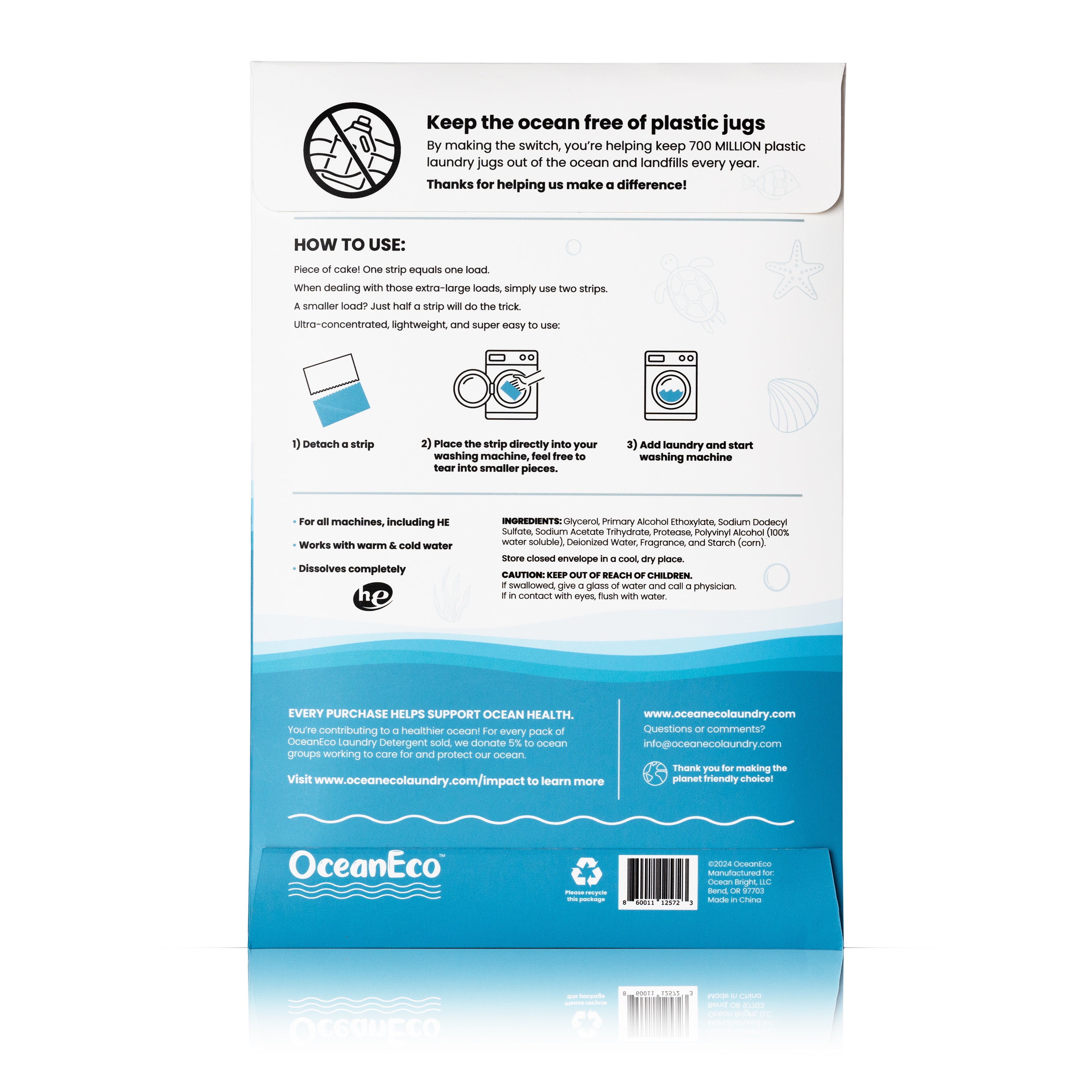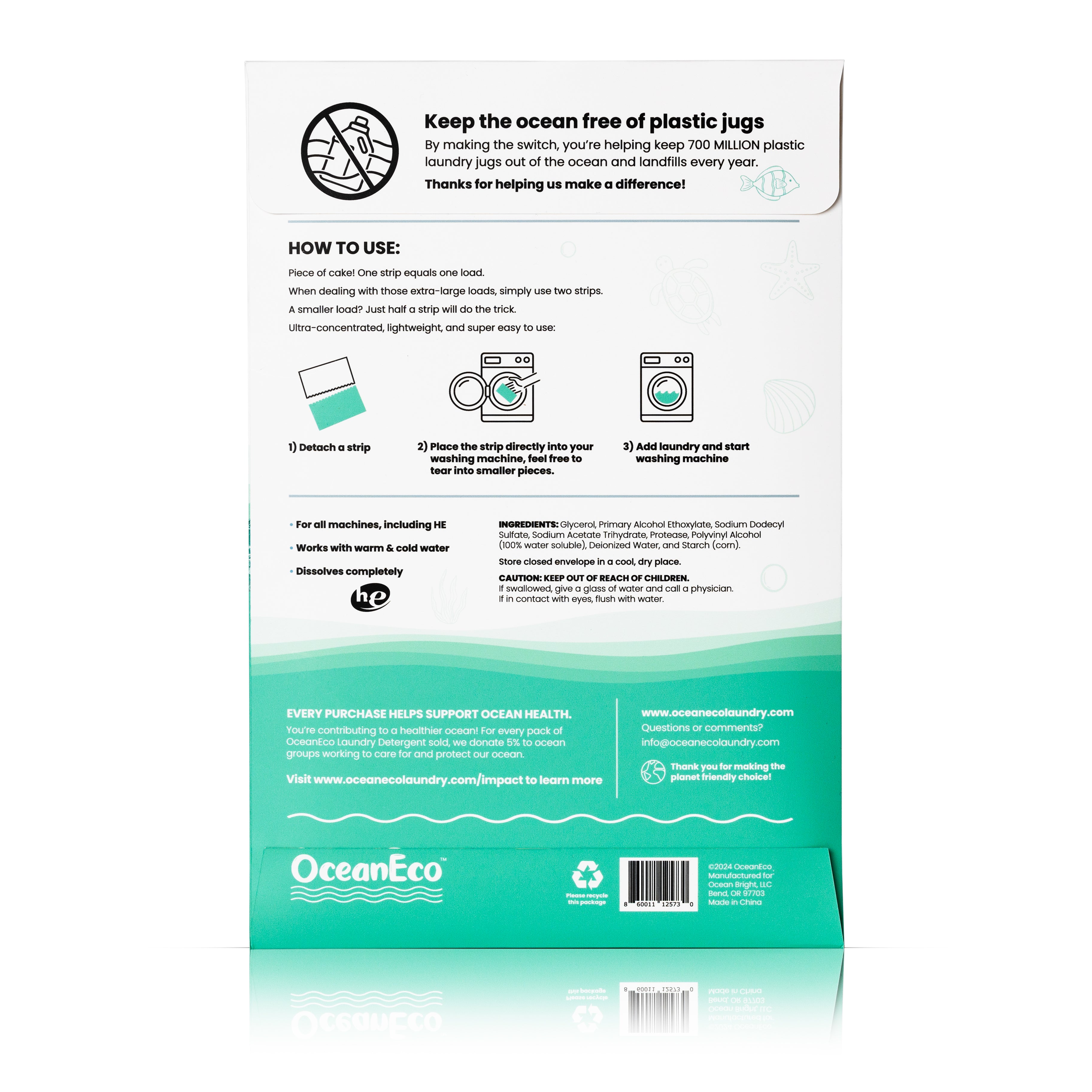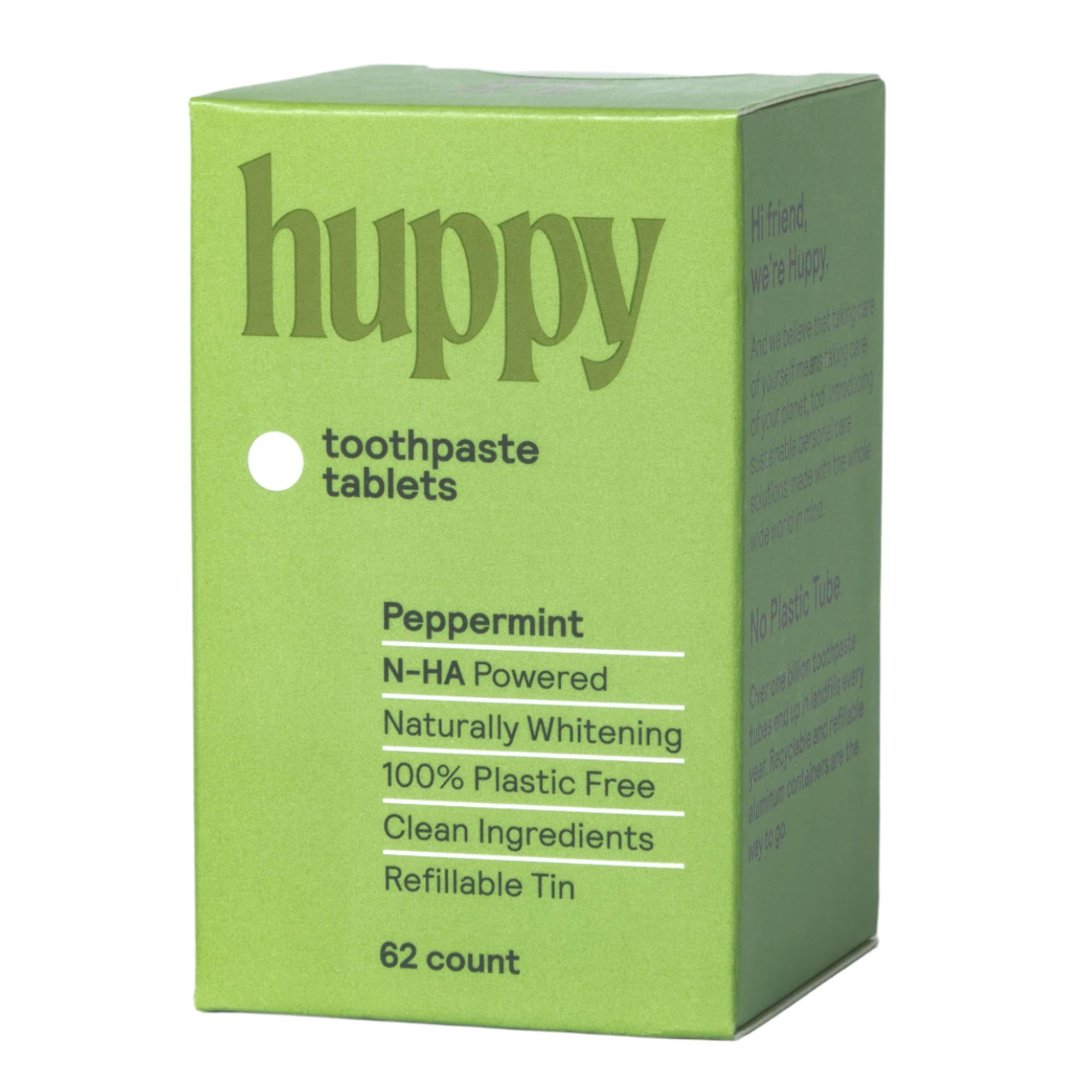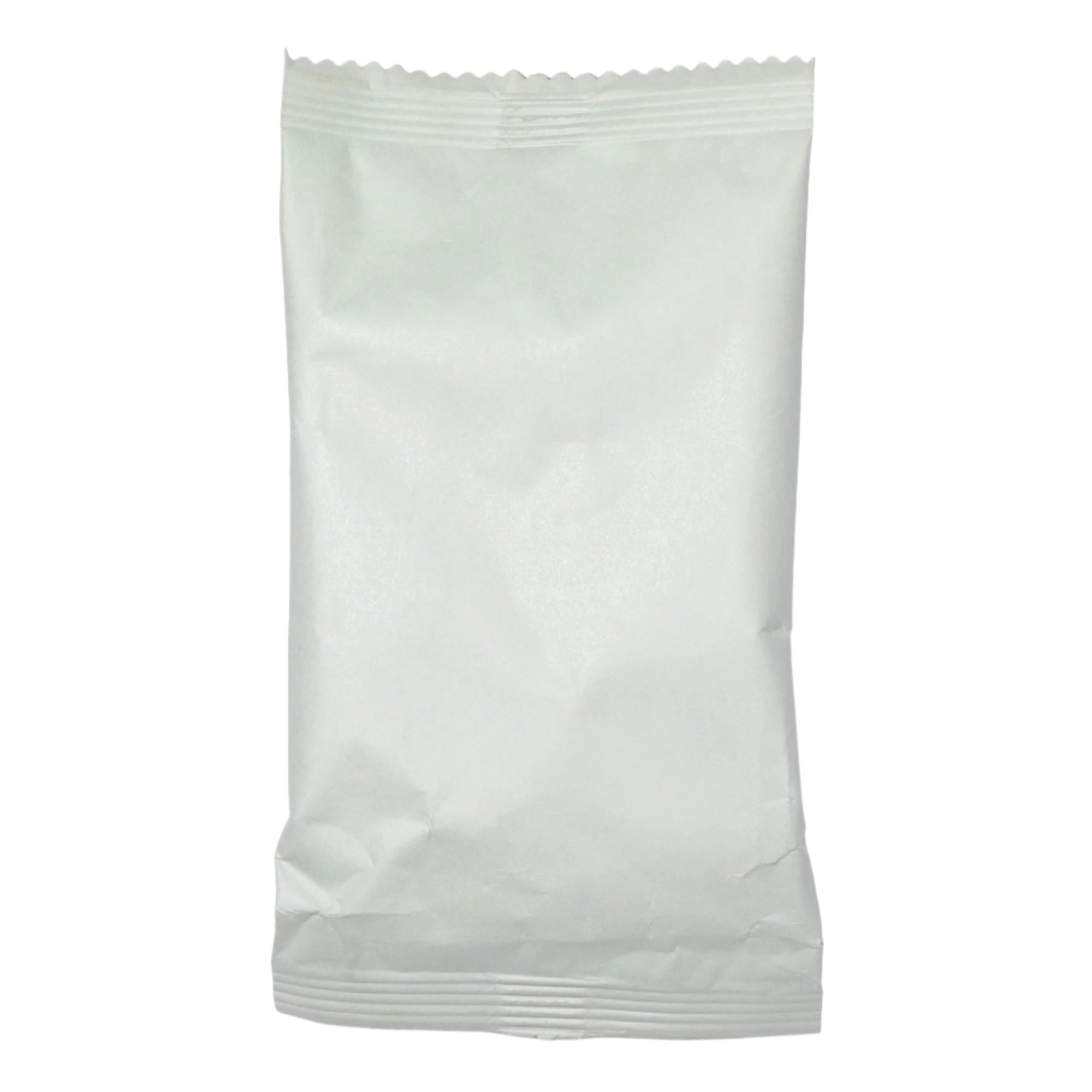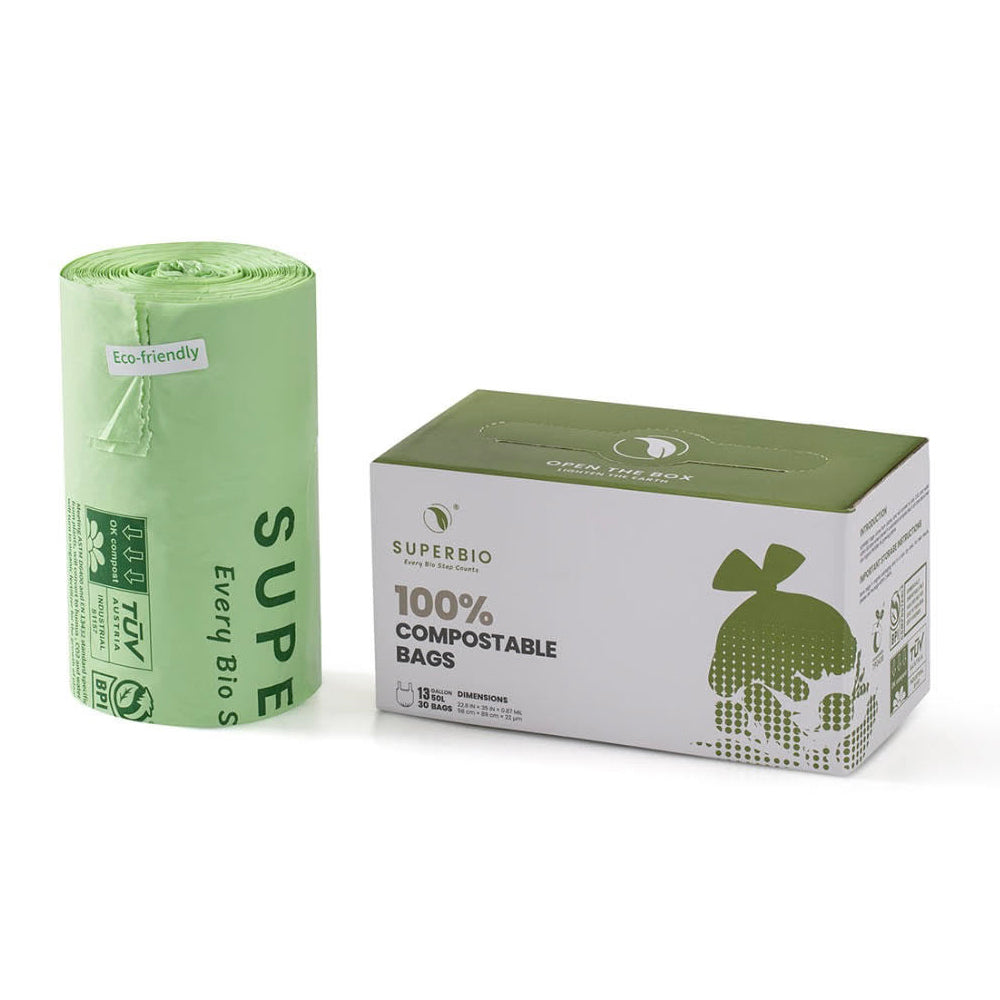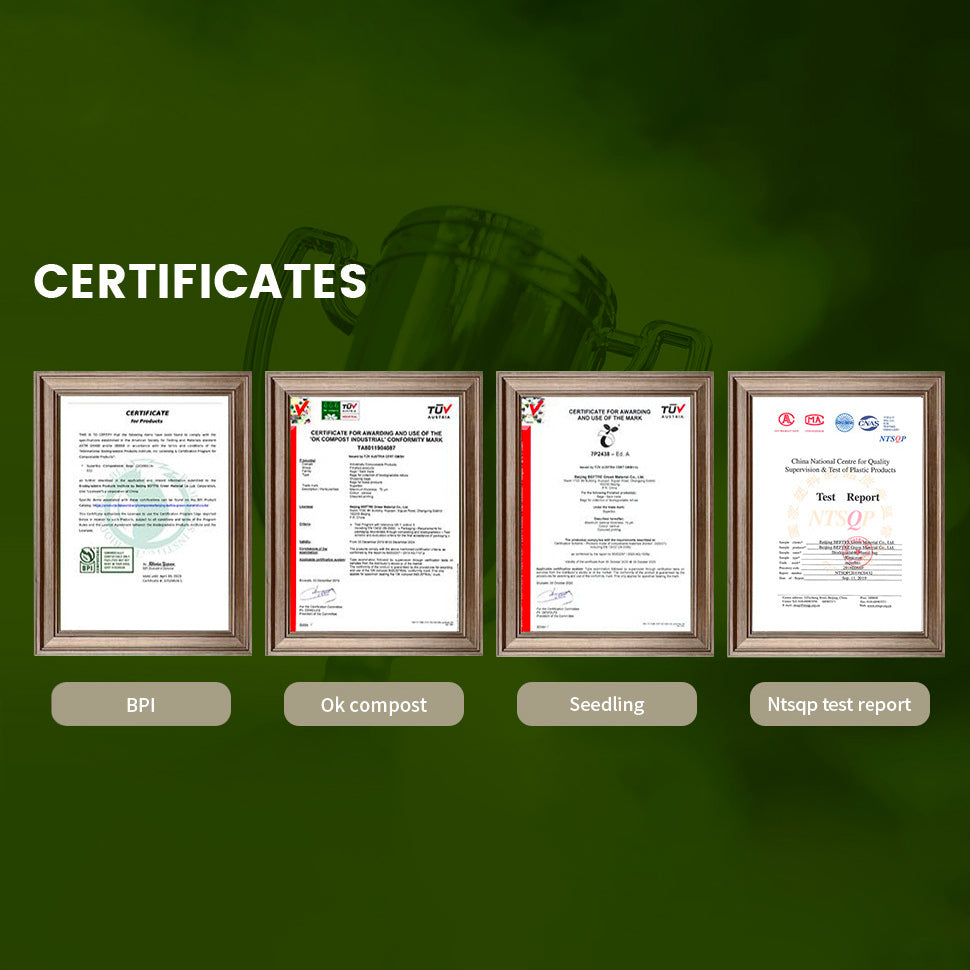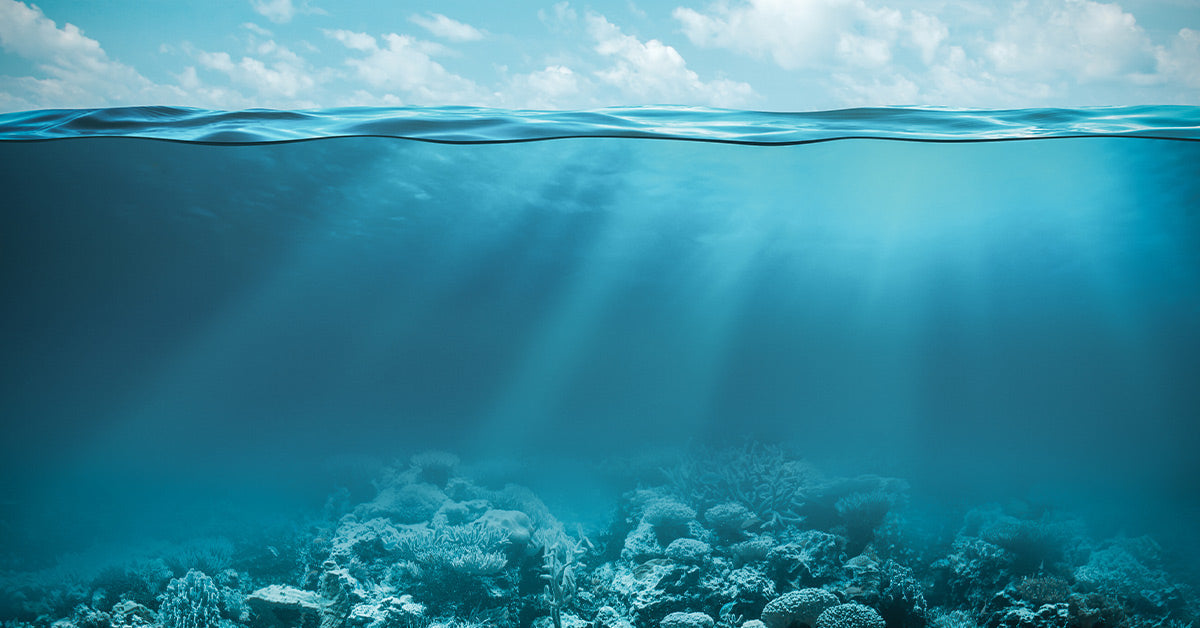Video Footage Reveals How Ship Traffic Leaves Antarctic Bays Scraped and Silent
Antarctica’s quiet coves are not untouched. New underwater video reveals sweeping grooves, bare patches of seabed, and plumes of silt where ship anchors and chains have scraped living seafloor into silence, as documented by Earth.com.

Antarctica’s first anchor damage footage shows clear seafloor scarring.
A Seafloor Etched by Anchors
Researchers lowered cameras to hover just above the bottom and recorded crisp arcs that matched the swing of anchor chains. The lens captured striations, redeposited mud, and crushed sponge skeletons—fresh mechanical damage in shallow anchorages around the Antarctic Peninsula and nearby islands, Discover Wildlife reports. At the edge of these scars, thriving communities resumed almost immediately.
Slow-Growing Giants, Slow Recovery
Life here moves on a cold-water clock. Giant “volcano” sponges—among the planet’s longest-lived animals—sit at anchorable depths alongside Antarctic sun stars, sea spiders, octopuses, and fishes. When chains sweep through, the three-dimensional habitat flattens, filtration drops, and carbon-storing tissues are lost, Earth.com reports. Because many Antarctic species are sessile and extremely slow to grow, damage persists for years to decades.

Grooves and mud plumes match the sweep of heavy chains.
How Scientists Knew It Was Anchors
Icebergs can gouge seafloors, but the curved, repeating patterns in the videos fit a swinging chain, not a drifting keel, and occurred at depths bergs rarely touch. A survey across 36 sites found the clearest damage at Yankee Harbour, where analysis of ship-tracking data indicated multiple vessels likely anchored in a single month, with an estimated minimum of 1.6 kilometers of seabed affected—before counting side-to-side chain sweep—reported by ABC News (Australia).

A single chain swing can destroy centuries of growth.
Rising Traffic, Thin Rules
The Antarctic summer now draws cruise ships, research vessels, fishing boats, and private yachts. During the 2022–23 season, at least 195 vessels operated in waters shallow enough to anchor, with additional unlicensed traffic suspected, according to IFLScience. Industry representatives say they will review the findings as tourist numbers are projected to climb sharply in the coming decade, ABC News (Australia) reports.
What Can Change Now
Ships can hold position with dynamic-positioning thrusters when conditions allow, avoiding anchors entirely during brief stops, Earth.com reports.
Where anchoring remains essential, operators and authorities can formalize “parking-lot” zones, consider hardened moorings in high-use sites, and record when and where anchors are used—practical steps raised by ABC News (Australia).
The goal is simple: keep chains off living seafloor wherever possible.








































































































































































































